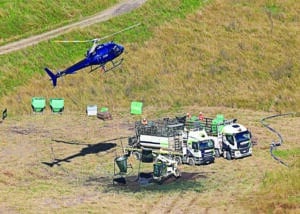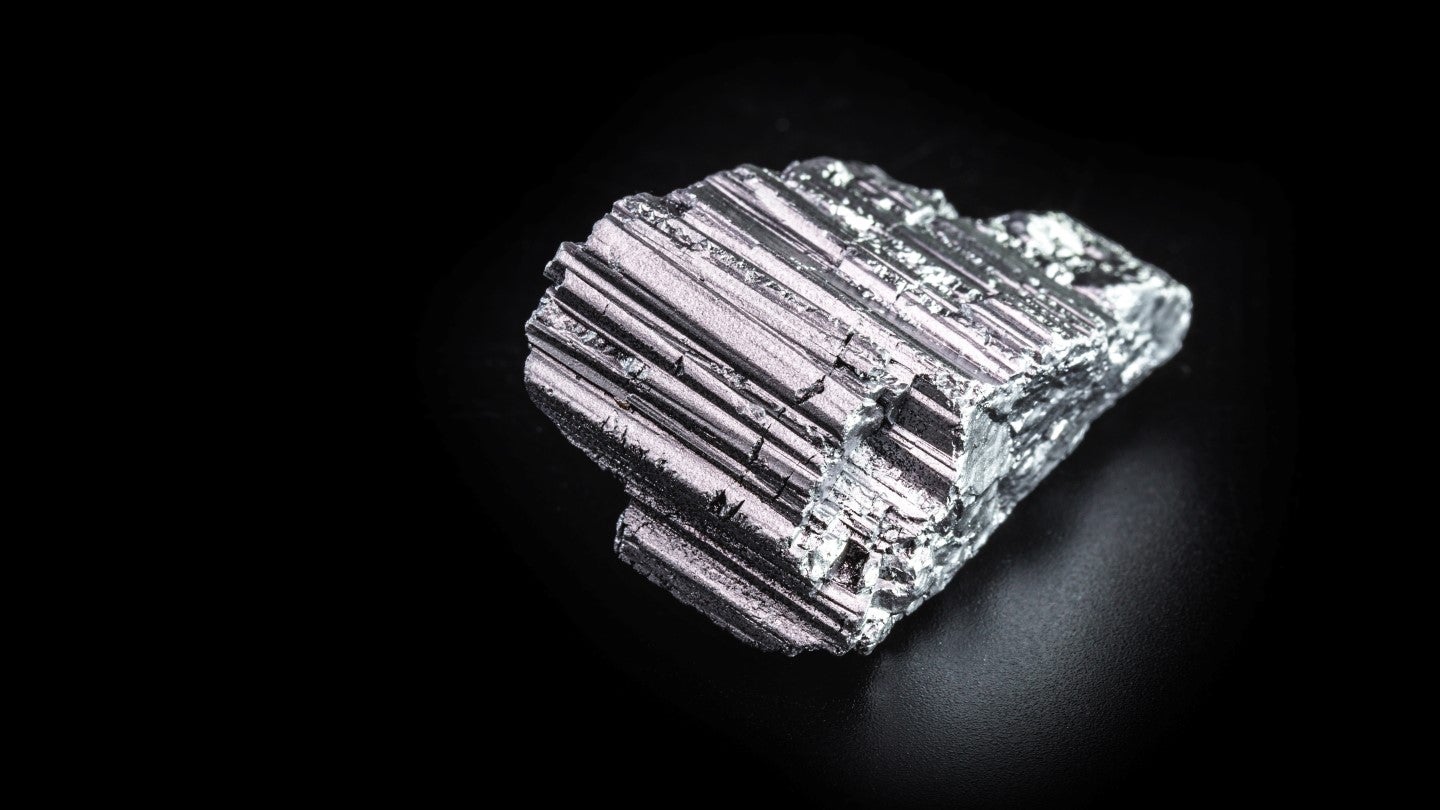While a mine may be rehabilitated from the ground up, Global Soil Systems likes to have a bird’s eye view of the project.
It may be a surprise to learn that helicopters are often used when rehabilitating a mine.
But considering rehabilitation works can often span hundreds of hectares across potentially steep, difficult and remote terrain, it makes sense.
Aerial access allows for the completion of jobs that otherwise would not be possible, and it can be a more economical means of application due to a helicopter’s speed, efficiency and carrying capacity.
Rehabilitation expert Global Soil Systems (GSS) has used helicopters for its rehabilitation projects for over 20 years, its value extending far beyond native woodland and pasture seeding.
“We had to get creative and innovate,” GSS general manager James Nebauer told Australian Mining. “We were challenged with landscapes that were either inaccessible and unsafe, or simply too costly and inefficient to revegetate using traditional methods.
“We needed a safer, more efficient alternative, which is why we first started using helicopters. They’re now used on site for a range of applications.”

Image: Global Soil Systems
GSS regularly uses helicopters for time-critical projects like seed and fertiliser applications, soil amelioration and dust-suppression, as well as weed and pest control. The company was also the first to develop a new process of aerial hydro mulching for slope stabilisation and revegetation.
Aerial solutions were a natural evolution for GSS, a company that specialises in the end-to-end management of large-scale revegetation projects across Australia. This includes everything from providing advice on appropriate revegetation methods and ensuring all safety, compliance and risk assessment procedures are in place to organise the materials and machinery required and carrying out the work.
Engaged to work on some of the biggest sites in Australia, Nebauer said the requirement for aerial solutions is steadily growing. The long-standing relationship between GSS and Commercial Helicopters has seen the companies collaborate on several large-scale projects over the years, with a focus on continually refining and expanding revegetation solutions.
“There is a lot of work that goes on in the background to ensure the success of an aerial project,” Nebauer said.
“We work extensively with clients to ensure all safety requirements are met or exceeded, which allows them to have full confidence in the professionalism and safety of our operations.”
Commercial Helicopters general manager Robert Murray said the company’s operations adhere to strict safety regulations enforced by aviation authorities and BARS (Basic Aviation Risk Standard) certification.
“Our pilots undergo rigorous training and meet BARS-approved minimum requirements,” Murray said.
“We are also one of the select few operators in the country to be approved by the Civil Aviation Safety Authority (CASA) for our fatigue risk management system.”
Murray said one of the main benefits of helicopters is their precision, allowing access to specific areas without excessive disturbance to surrounding vegetation or terrain, while also reducing the risk of soil erosion, habitat disruption, or damage to vegetation.
“When operated by highly experienced pilots with established protocols and safety measures, helicopters significantly contribute to restoring disturbed areas, while minimising environmental impact and maximising time efficiencies,” he said.
This feature appeared in the June 2024 issue of Australian Mining.




